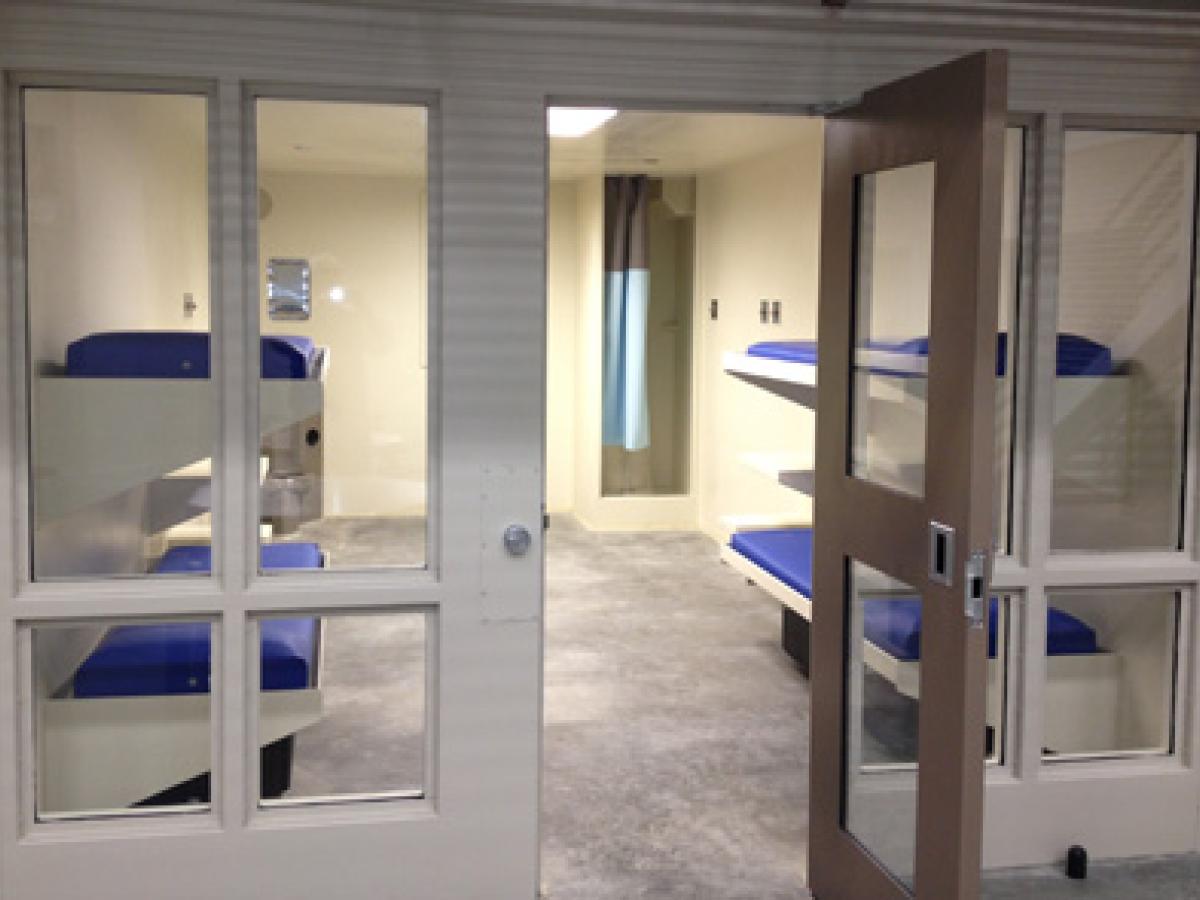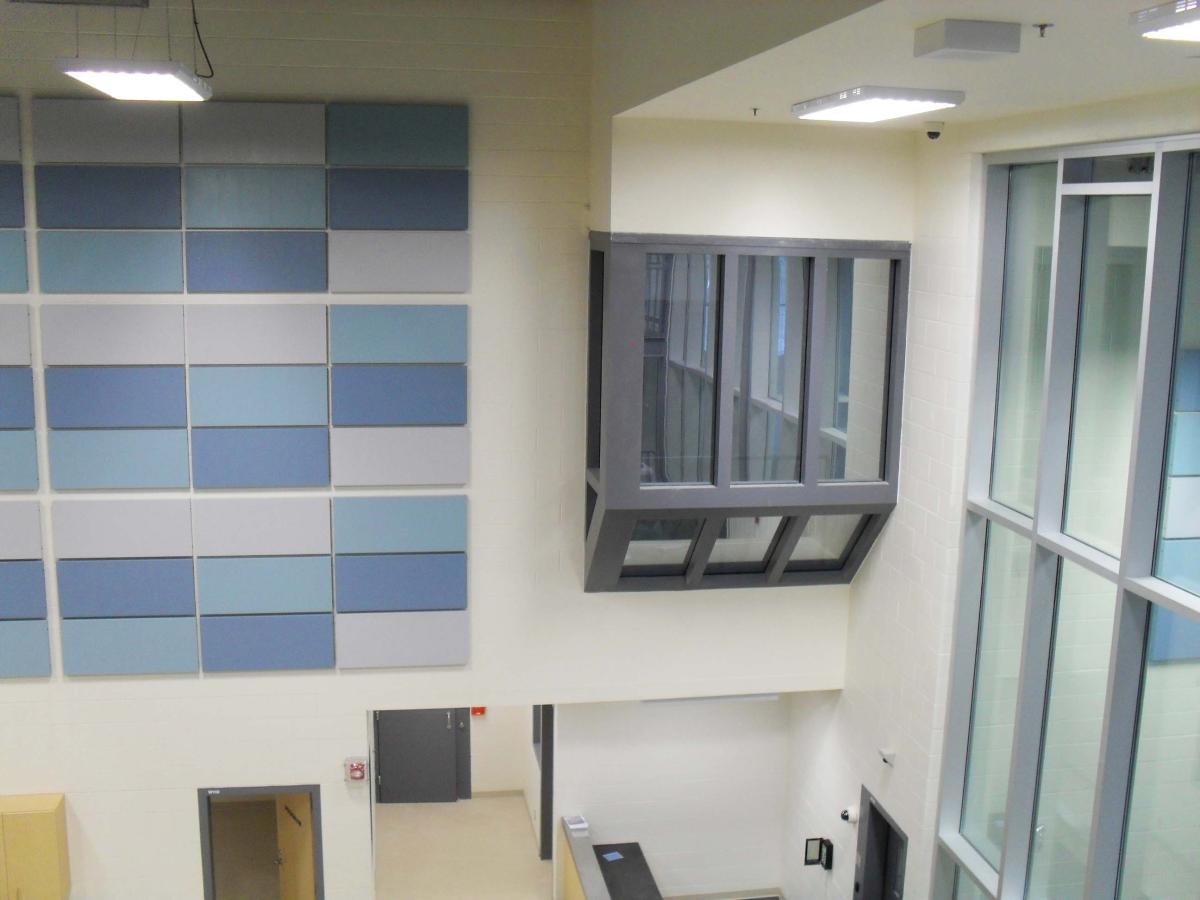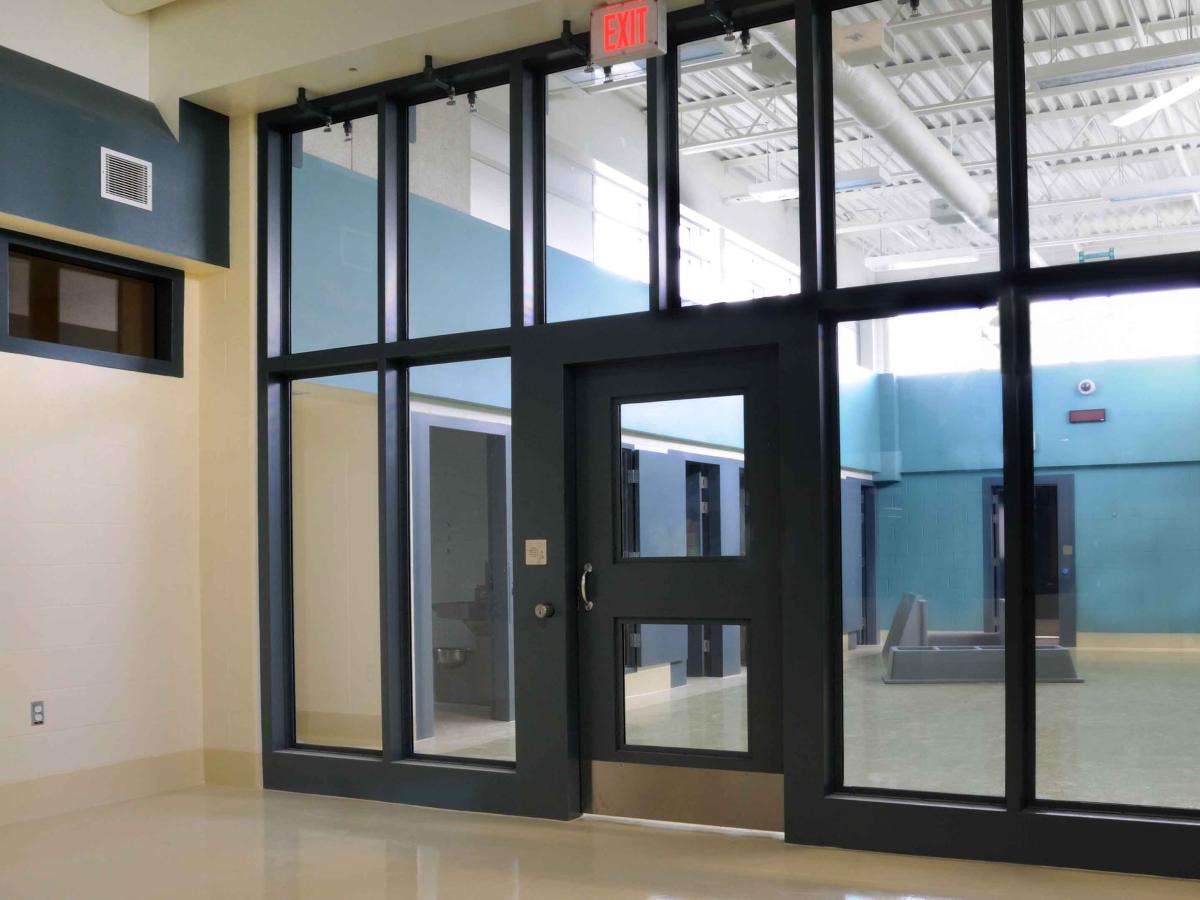Overview
Security Glazing can enhance the interior design of detention facilities. It is typically found in cell doors and windows, control rooms, day rooms, interview rooms, visitation areas, corridors and medical areas. It provides good visibility to activities or threats, while providing a physical barrier to these threats for the safety of staff, inmates and visitors.
While providing physical containment barriers and unobstructed views of inmates, security glass can materially improve the aesthetic environment of these facilities by bringing in more natural light and creating a more pleasant environment. Natural light has been shown to help people concentrate better and have a positive impact on behavior.
Having good visibility of any dangers, or activities that could prove threatening while providing full security from these threats is critical for the personnel charged with supervising detainees.
Understanding Security Glazing
All security glazing typically has some ballistic properties; however, bullet resistance is not usually a criterion to consider when choosing security glazing for use in containment facilities. Typically a glazing’s ballistic properties are only considered at building entrances where there is the potential for an external threat.
Glass Breaks, Plastic Scratches - Most often Glass Clad Polycarbonate glazing is chosen as it offers the attack resistance of polycarbonate along with the abrasion resistance of glass. Glass clad polycarbonate is made up of a layer(s) of polycarbonate sandwiched between 2 layers of tempered or chemically strengthened glass.
Glass clad polycarbonates are custom manufactured to job specific sizes and cannot be modified or cut. Some facilities choose to install polycarbonate sheet glazing. It is less expensive than glass clad polycarbonate, can be purchased in sheets and can be cut to size with woodworking tools. Like glass clad polycarbonates, polycarbonate offers great attack resistance but its relatively soft surface is susceptible to scratches and if not careful damage from cleaning solutions. When choosing polycarbonate for use in inmate accessible areas it should be specified with a hard coated surface such as Lexan Margard. This coating provides added abrasion resistance.
Testing standards have been developed to certify that the chosen product will meet the assault from the listed weapons. Testing standards for detention and forced entry most often used are ASTM F 1915, WMFL and HP White.
SWS Detention Group Inc. is a Certified Detention Equipment Contractor for installation and maintenance service and is a distributor for the Canadian market.
Please contact us at 1-204-956-7999 or email Kelvin, Vice President - Construction (kelvin@swsdetention.com) or Kristian, Project Manager (kristian@swsdetention.com) for more information.



